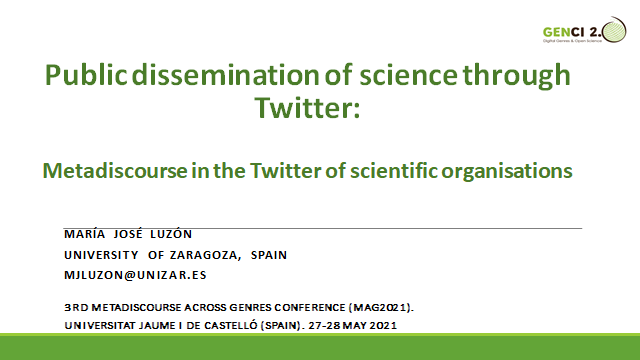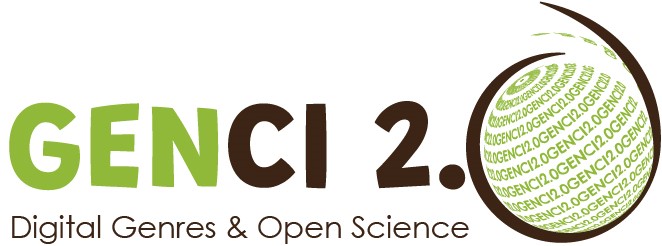Metadiscourse and predatory scholarly journals: how publishers interact with prospective article authors. Bocanegra-Valle, A.

Abstract
Predatory practices have proliferated in the last decade as a part of the pressure-to publish explosion of scholarly publishing (Fazel & Hartse, 2020). These practices are often associated with on-line Open Access (OA) publishing; however, because the OA model in which the author pays is exploited, predatory journals have cast doubt on the quality of all on-line journals that offer free unlimited access, and not only of those journals that exploit the OA model for their own profit (Beall, 2012; Bocanegra-Valle, 2017; Salager-Meyer, 2012). Very often, the promise of fast and easy publication has been reported to be the main driver for the success of these publishing practices (Fazel & Hartse, 2020); however, not much has been investigated regarding the ways predatory journal editors interact with prospective authors to appear reliable and trustworthy to scholars looking for publication outlets and how they do so by employing various metadiscursive resources like attitude or engagement markers. This study draws on a dataset of 50 email messages from predatory publishers collected during the past two years. It thus seeks to delve into the ways predatory journal editors address “scholar customers” with the aim of persuading and engaging them to submit their work. This dataset was first coded following Hyland’s (2005a, 2005b) model of metadiscourse in academic texts, and then qualitatively analysed by means of NVivo 11 Pro. The analysis showed that (i) textual data provide direct evidence of the texts that predatory publishers send to scholars and the interpersonal dialogue they intend to build with authors in haste for publication; and (ii) interactional resources abound, particularly engagement markers, which explicitly aim at building a relationship with the prospective author.
Public dissemination of science through Twitter: an analysis of metadiscourse in the Twitter of scientific organisations. Luzón, María José

Abstract
Social media such as Twitter enable scientists and science organisations to reach audiences beyond the scientific community and convey content in a way that is engaging for these audiences. Twitter has therefore become a powerful tool for scientific organisations to disseminate scientific knowledge and engage the public in societal action. However, there is little research on how various semiotic resources are combined in this space-constrained genre to achieve these purposes. This study contributes to filling this gap by applying Hyland’s (2005) interpersonal model of metadiscourse to analyse tweets by scientific organisations. However, Hyland’s model is expanded to include not only text but also other semiotic devices (e.g. pictures, emojis, animations) which enable the producers to guide the readers through the text, signal their attitude towards the content, engage the readers and persuade them. The data consists of a corpus of 150 Tweets from the Twitter of three scientific organisations which seek to disseminate knowledge about scientific issues such as climate change or wildlife and to engage the public in the conservation of nature and life diversity (The National Center for Science Education, World Wildlife Federation, and NASA Climate). The results show that visual and verbal metadiscourse are strategically combined in these tweets to link to content on other sites, influence readers’ understanding of and attitude towards content and prompt the readers to take specific actions. They also show that the purpose of these tweets and the affordances and conventions of the genre (e.g. hypermodality, limited number of characters) determine the choice of metadiscourse resources.
References
Hyland, K. (2005). Metadiscourse: Exploring interaction in writing. London: Continuum.
